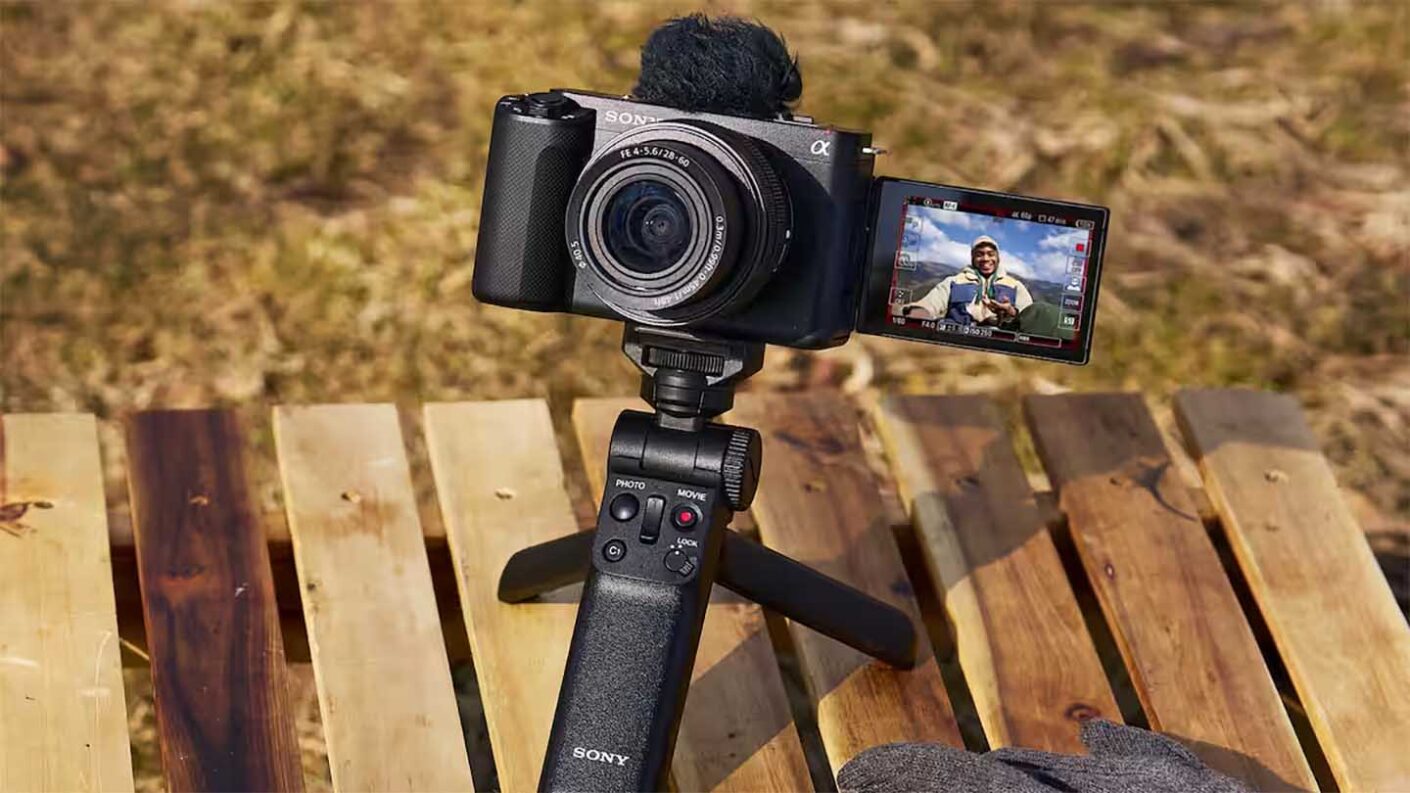In the world of photography and videography, the debate around megapixels and sensor size has always been a hot topic. With the release of Sony’s A7S III, featuring a 12-megapixel sensor, and Canon’s EOS R5, boasting a 45-megapixel sensor, the question arises: why would Sony choose a lower resolution sensor for video capture? The answer lies in the balance between video performance, heat management, and hybrid functionality.
First, let’s break down the exact sensor sizes required for various video resolutions. For 1080p, a 2.1-megapixel sensor is needed; for 2.7K, a 6.2-megapixel sensor; for 4K, an 8.3-megapixel sensor; for 8K, a 33.2-megapixel sensor; and for 12K, a whopping 131.7-megapixel sensor.
With this in mind, it’s clear that a 12-megapixel sensor is more than enough for 4K video capture. Moreover, having larger pixels on a 12-megapixel sensor allows for greater light sensitivity and reduced noise, which is crucial for video production. In contrast, higher resolution sensors like the one found in the Canon EOS R5 have smaller pixels, which can lead to less light registered and increased noise.
Another critical factor is the aspect ratio of the sensor. Sony opted for a 12-megapixel sensor in a 4:3 aspect ratio rather than a 16:9 aspect ratio, allowing the camera to serve as a hybrid for both video and stills while leaning towards video. This decision provides users with extra pixels at the top and bottom, which can be useful for those who want to use the A7S III for both video and still photography.
Heat management and processing power are also significant considerations when choosing a sensor size. Cameras with high-resolution sensors, like the Canon EOS R5, tend to generate more heat and put additional strain on the processor. This can lead to overheating issues, which has been a problem for the R5. To combat these heat issues, Canon launched the R5 C, offering better heat dissipation.
On the other hand, the Sony A7S III, with its 12-megapixel sensor, experiences less strain on both the sensor and processor. This results in lower heat generation and faster processing, making it ideal for videographers who require smooth performance during long shooting sessions.
Essentially a 12-megapixel sensor offers several advantages for videographers using the Sony A7S III. The sensor size allows for better light sensitivity, reduced noise, and a hybrid approach to both video and stills. Additionally, the camera experiences less heat and strain on the processor, improving overall performance and reliability. This is why the Sony A7S III is ideal for videographers prioritising high-quality 4K video capture and a smooth user experience.
In contrast, the higher resolution sensor found in the Canon EOS R5 and the A7R V makes them better suited for still photography. With a 45-megapixel sensor in the R5 and an even higher resolution in the A7R V, these cameras can capture stunning, detailed images that are essential for professional photographers.
When deciding between these cameras, it’s essential to consider your primary focus. If you’re a videographer looking for exceptional 4K video performance, low noise, and effective heat management, the Sony A7S III is the clear choice. On the other hand, if you’re a stills photographer who requires high-resolution images and exceptional detail, the Canon EOS R5 or the Sony A7R V may be a better fit.
The decision by Sony to go for a 12-megapixel sensor in the Sony ZV-E1 has allowed the camera to excel in video performance, offering a balance between resolution and functionality. With less strain on the sensor and processor and reduced heat generation, the Sony ZV-E1 will become a go-to option for many vloggers and videographers looking for something a little more streamline and ready for action than the Sony A7S III.
For more information on the Sony ZV-E1 and its features, visit Sony.co.uk.



